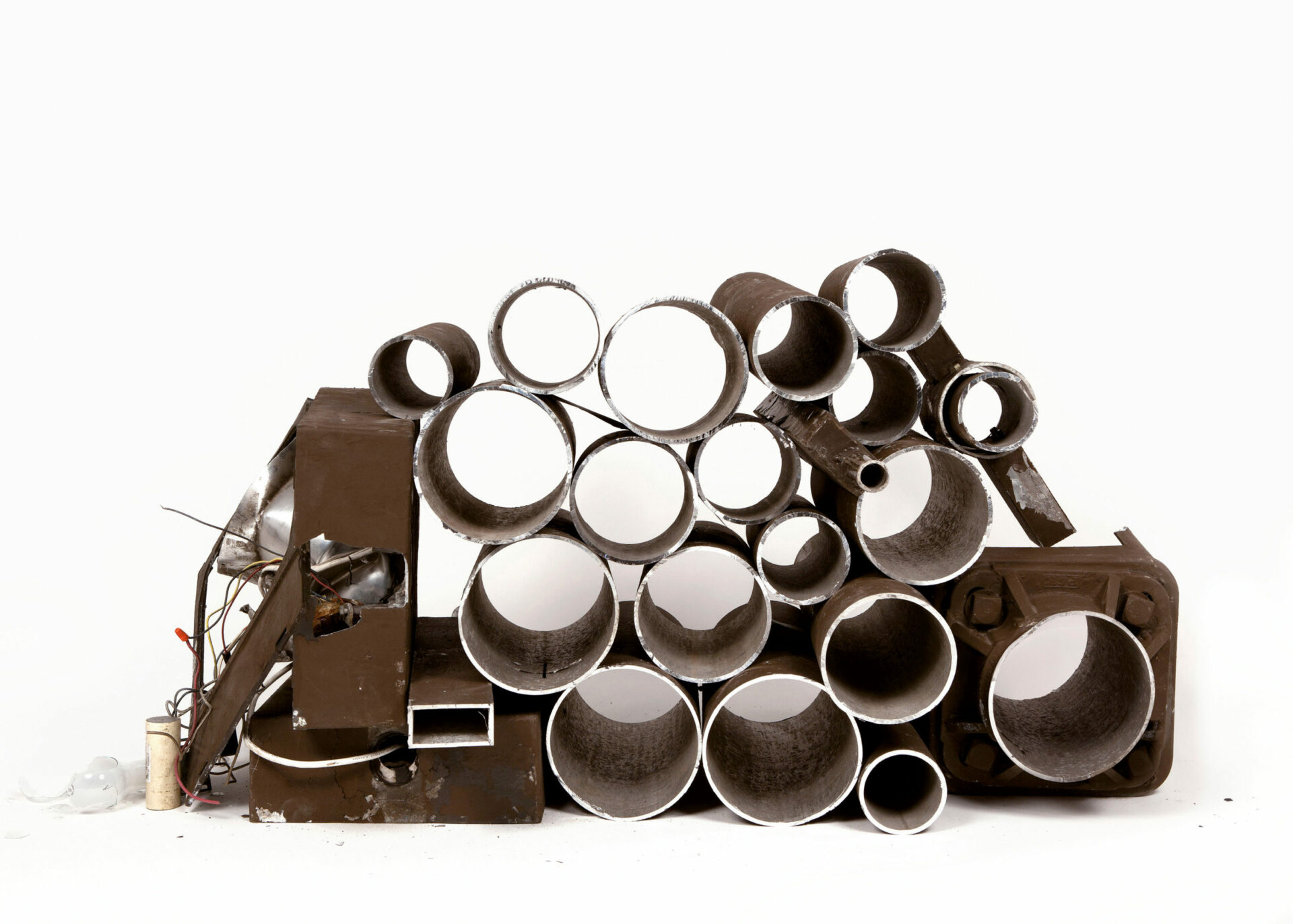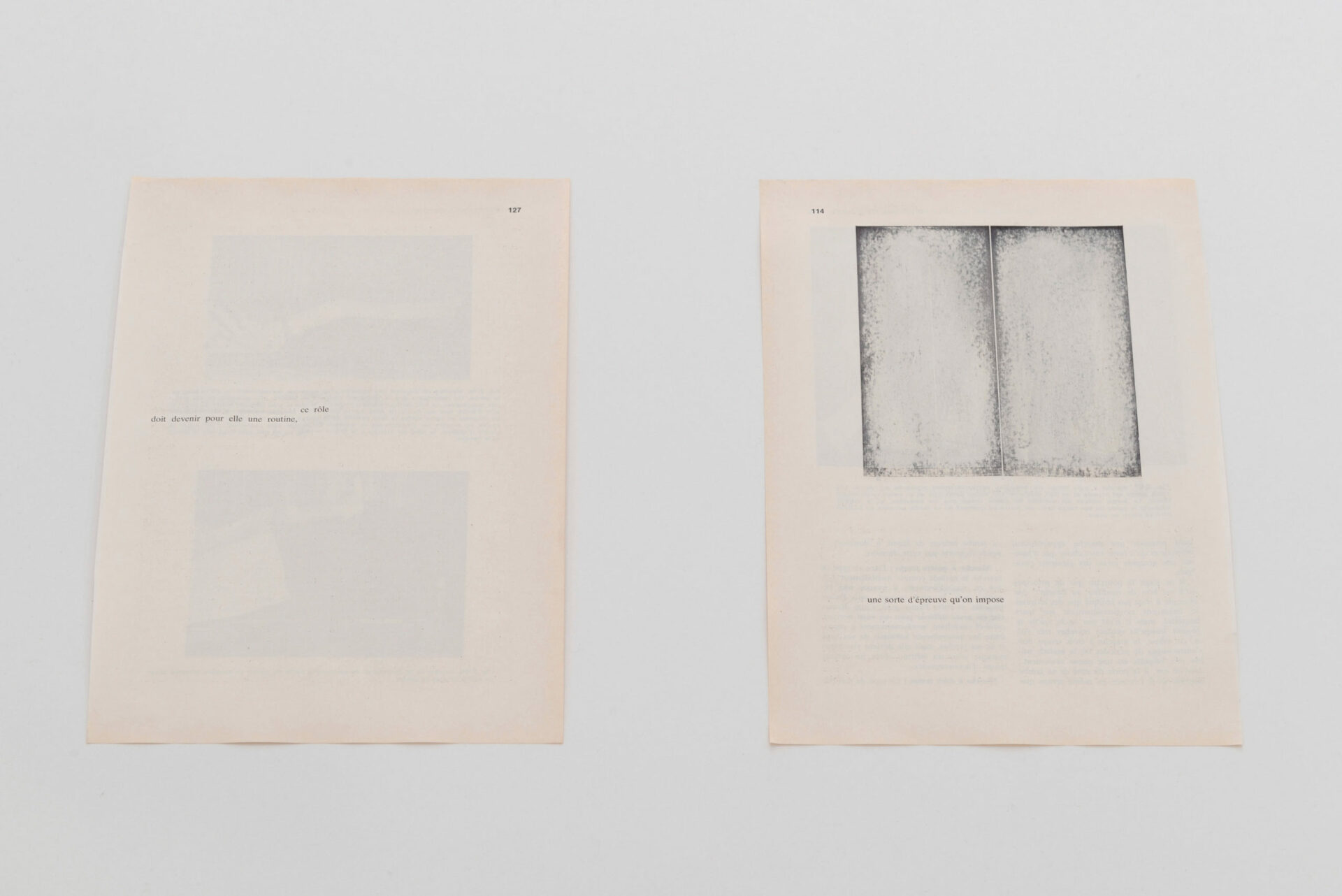
Photo : © Tate (Seraphina Neville and Andrew Dunkley)
September 12, 2017 — January 21, 2018
[En anglais]
A sink that is not a sink; a bathtub that is not a bathtub. Or not quite a bathtub because even though it looks like it could hold water, and is stained like a bathtub, with rusty sloping sides and base, its fixtures are all inside out. The bathtub is not made of one coherent material; its form is defined by the space around it, cast in concrete blocks — positives in negatives, the fulsome emptiness that surrounds every object, precious and mundane. Ceci n’est pas une pipe, wrote Magritte, over the image of a pipe. Not Ideas About the Thing but the Thing Itself, wrote Wallace Stevens, of the host of associations that surrounds any discrete moment.
A door that is not a door; a window that will never open; stairs that lead nowhere; a room that cannot be entered; the space under a chair. British sculptor Rachel Whiteread’s world of objects is one of inversions: casting and recasting different lights and shapes and spaces around that which often passes unnoticed. A retrospective at Tate Britain brings together a vast body of the artist’s work that ranges in scale from the very tender Torso works — casts of hot water bottles that appear as anthropomorphic, bodily shapes — to Room 101, the plasticized plaster cast of a room in the BBC’s Broadcasting House, which inspired George Orwell’s chamber of horror in his dystopian novel, Nineteen Eighty-Four.
Créez-vous un compte gratuit ou connectez-vous pour lire la rubrique complète !
Mon Compte



